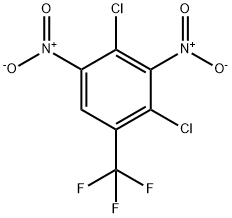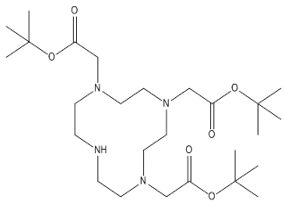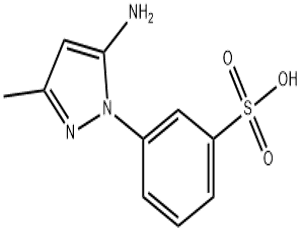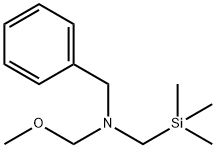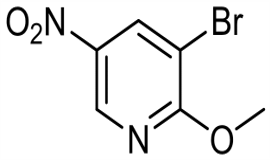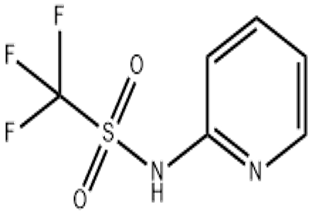2 4-Dichloro-3 5-Dinitrobenzotrifluoride(CAS# 29091-09-6)
| Risk Codes | R20/21/22 – Harmful by inhalation, in contact with skin and if swallowed. R36/37/38 – Irritating to eyes, respiratory system and skin. R22 – Harmful if swallowed R50/53 – Very toxic to aquatic organisms, may cause long-term adverse effects in the aquatic environment. |
| Safety Description | S26 – In case of contact with eyes, rinse immediately with plenty of water and seek medical advice. S36/37/39 – Wear suitable protective clothing, gloves and eye/face protection. S57 – Use appropriate container to avoid environmental contamination. S36/37 – Wear suitable protective clothing and gloves. |
| UN IDs | 2811 |
| TSCA | Yes |
| HS Code | 29049090 |
| Hazard Note | Irritant/Harmful |
| Hazard Class | 6.1 |
| Packing Group | III |
Introduction
2,4-Dichloro-3,5-dinitrotrifluorotoluene is an organic compound.
Quality:
1. Appearance: colorless crystal or light yellow solid.
4. Density: 1.94g/cm3.
5. Insoluble in water, slightly soluble in ethanol and ether, soluble in ketones and aromatic hydrocarbons.
Use:
1. 2,4-Dichloro-3,5-dinitrotrifluorotoluene is a highly effective fungicide and insecticide, which can be widely used in agriculture, horticulture and forest control.
2. It can also be used as a raw material for explosives and combustion enhancers.
Method:
2,4-Dichloro-3,5-dinitrotrifluorotoluene can be obtained by the reaction of 4-nitro-2,6-dichlorotoluene and trifluorocarboxylic acid. The specific preparation method mainly includes nitrification reaction, solvent extraction, crystallization and other steps.
Safety Information:
1. 2,4-Dichloro-3,5-dinitrotrifluorotoluene is potentially toxic and dangerous, please follow the relevant safety operating procedures when using it.
2. Avoid contact with skin, eyes, and respiratory tract, and wear protective equipment if necessary.
3. Take care to avoid contact with strong oxidants, combustibles and flammable materials during storage and handling to prevent fire or explosion.
4. Please store properly, avoid high temperature and humid environment, and ensure that it is kept away from fire and open flames.
5. Waste disposal should comply with local laws and regulations, and should not be discarded or discharged into the environment.


